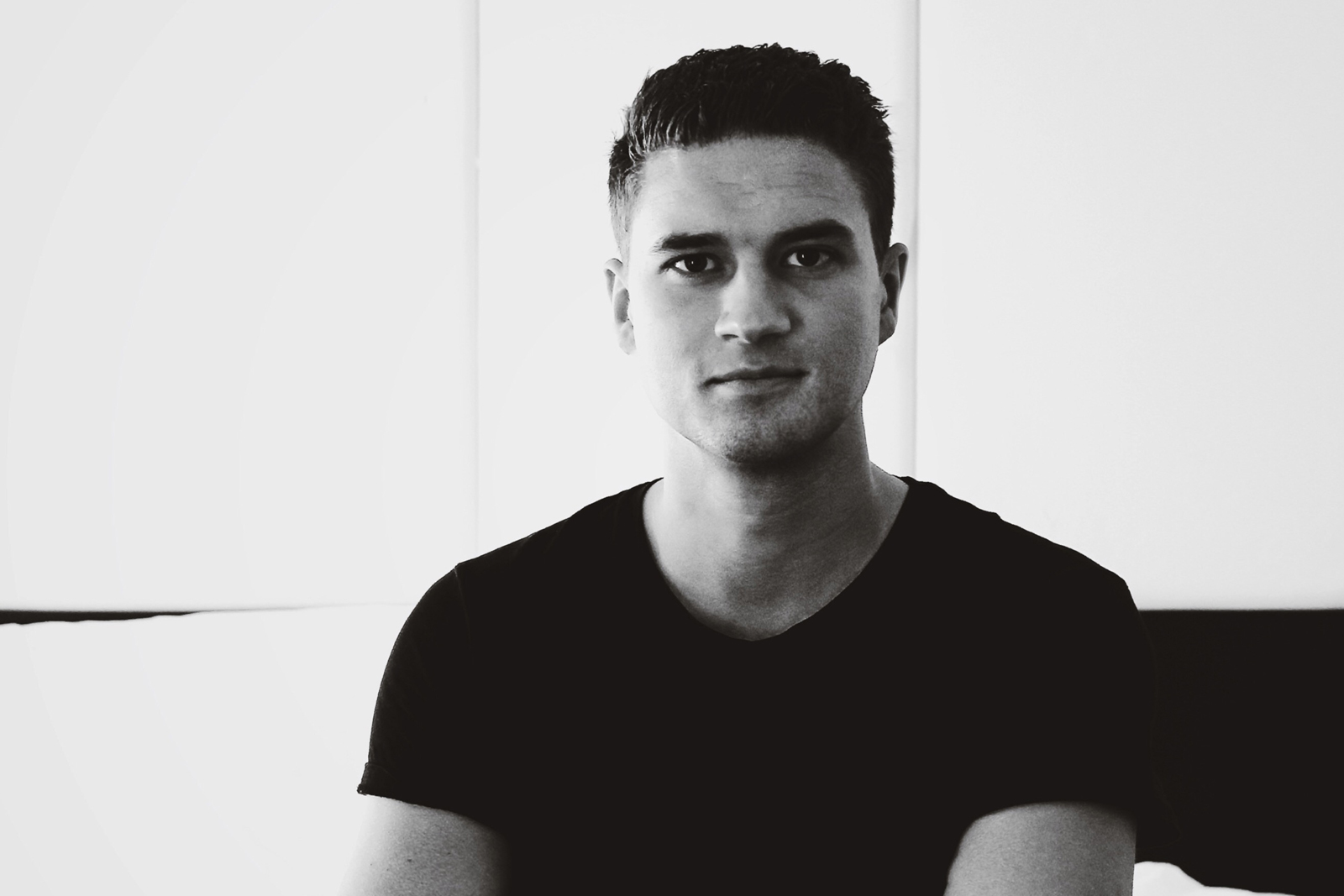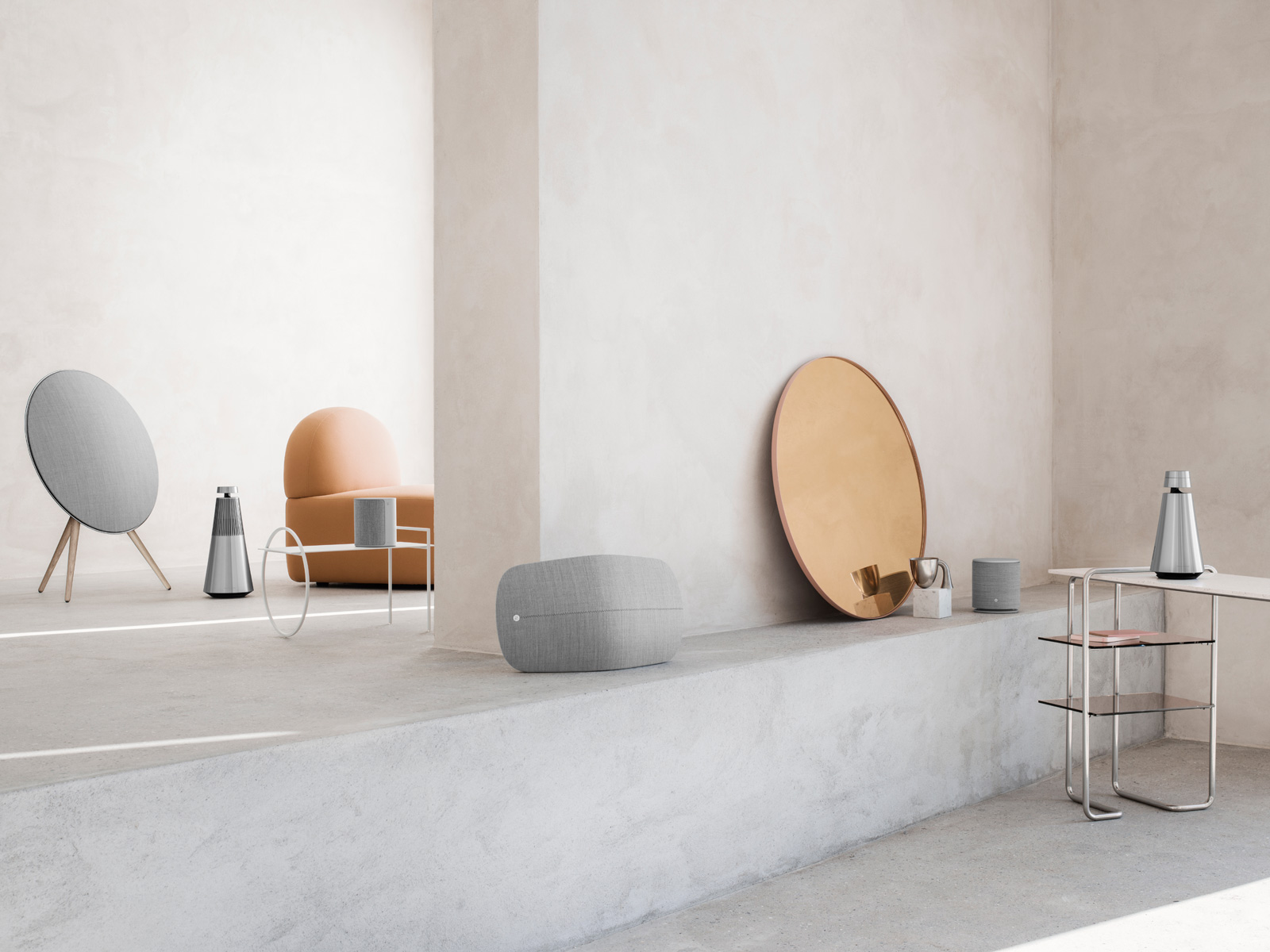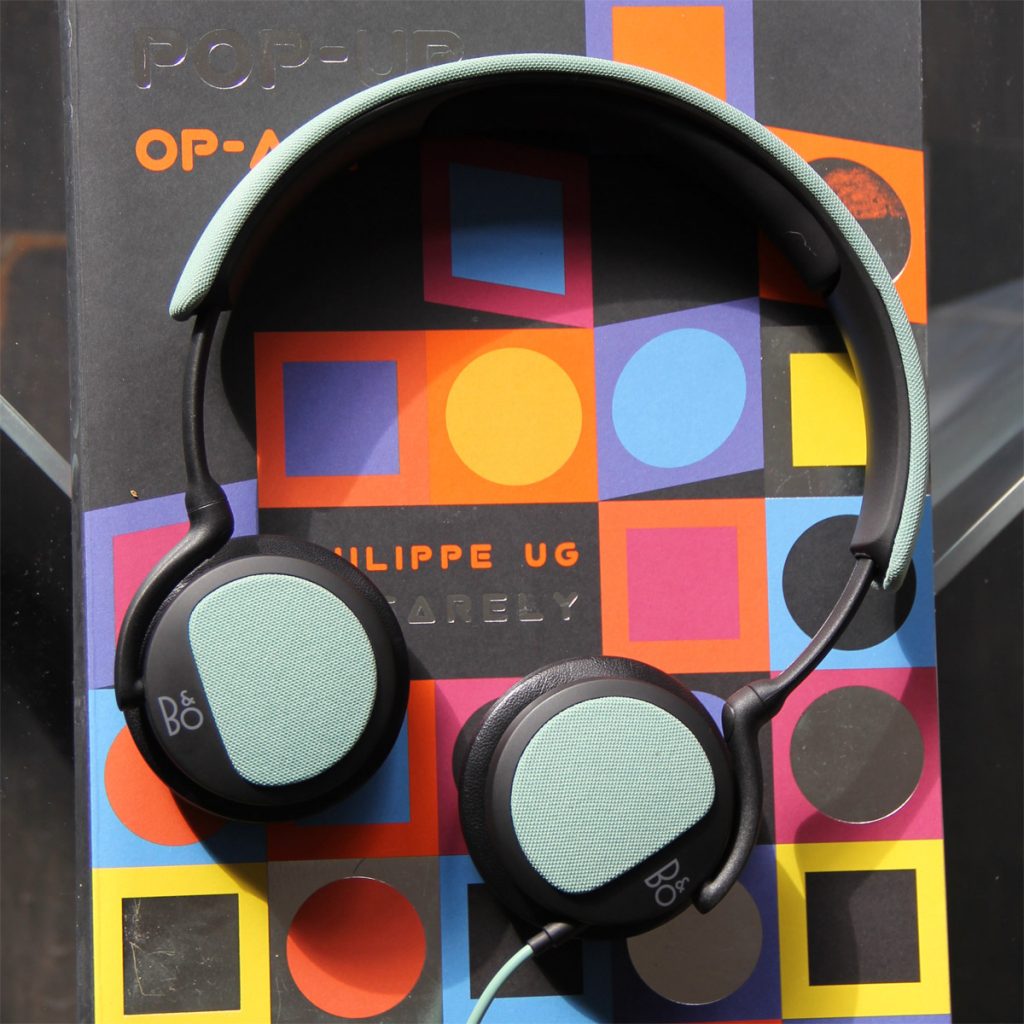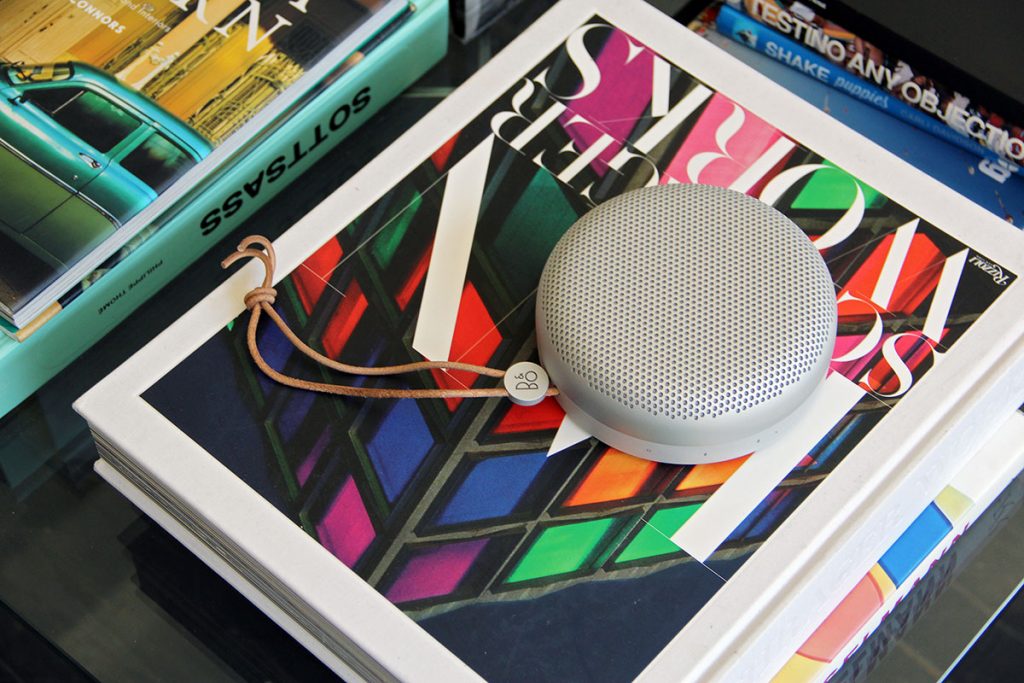Interview: Concept + Design Manager for B&O Play, Jakob Kristoffersen
One of Bang & Olufsen’s visionaries on what makes the brand revolutionary

Just after the release of B&O Play‘s entry-level speaker, the M3, we spoke with Jakob Kristoffersen, the brand’s Concept and Design Manager. The speaker was an expansion into new territory for the brand, but it embodied all that we love about Bang & Olufsen visually and technologically. Now, with the Danish brand’s CES announcement that AirPlay 2 has been integrated into 10 products (M3 included), all pieces take on further meaning with that additional functionality. B&O Play exists in a corner of consumer electronics world defined by design. And that’s merely the beginning. The brand and its designers view sound as furniture for the home and conceptual design thinking drives invention.

“In five years, we’ve gone from 10 people to 150 now,” Kristoffersen explains. “Still, we function as a small team.” In fact, the design team is 10, while the engineering and acoustics departments incorporate 20 or 30 people—and all of them have a specific mission. “We have framed our whole process on being a lifestyle brand, rather than a tech one,” he continues. “Our design process is framed around how we can create the best experience around a specific use. Rather than take the latest speaker from China and wrap it in design, or starting with design and stuffing speakers and technology within, we have a coherent process where we think about what the product should do for you.”

For example, with the M3, the term “entry-level” meant something different. “It’s not so much about the price,” says Kristoffersen. “We needed something consumers could place around the home in more locations. We did the M5, the symmetrical one before. It radiates 360 degrees of sound. But we needed something we could place on a bookshelf, up against a wall or in smaller rooms.” With no limit to how many can be paired at once, the M3 was unveiled. The price does happen to be lower in order accommodate for the brand’s desire for people to own more, pair more and sync sound throughout their home.

“We don’t design for everyone,” Kristoffersen continues. “We do design products that are purposefully driven.” This means substantial consideration to materials. For example, with the M3, the brand partnered with Kvadrat on the fabric. “On a speaker, there are large surfaces of fabric. You want something that gives value. We select purely by quality. We also only use genuine materials. Kvadrat is pure wool.” He also notes that wool is (of course) warm, while the other material, aluminum (“If it looks like aluminum it is aluminum,” he says regarding authenticity), is cold. This tactile contrast, he affirms, helps consumers better understand its place in the home.
Their use of strictly premium materials is because, as Kristoffersen explains, “People don’t want to purchase cheap things and throw them away, anymore.” This has informed their positioning as a sound furniture brand. “Furniture has become a part of people’s identity, their lifestyle. Consumer perception of technology is that is it goes out of fashion quite quickly. It moves fast. You upgrade fast. Throw out fast.”

Beyond the fact that they look to the world of fashion for inspiration, they similarly release collections twice a year. “No other consumer electronics brand is doing that—if you think of us as a consumer electronics brand,” he adds “It’s nice to have that cycle to interface against.” He emphasizes the fact that their designers are also not drawn from the tech world. “I just want people to think of that old Danish principal that form follows function. That design philosophy is something we also carry.” The great success here is the reimagining of simple shapes—reminiscent of Bauhaus and the architects of Denmark. B&O Play’s products do so with bursts of expression coming from color and material—machined and die-cast pieces that represent lasting, approachable luxury.
Images courtesy of Bang & Olufsen












